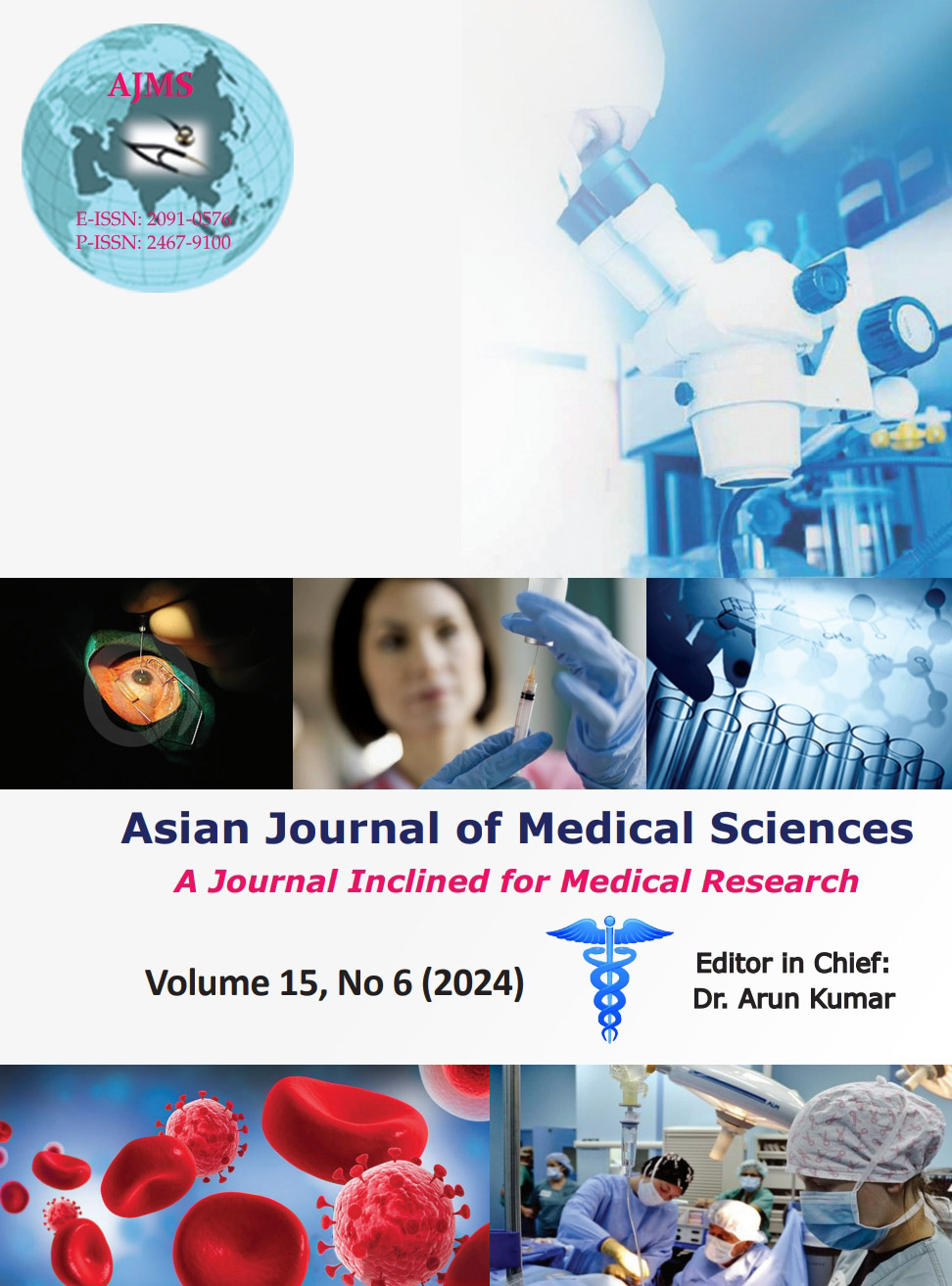A prospective study of various pre-operative factors and the development of a scoring system in predicting difficult laparoscopic cholecystectomy
Keywords:
Laparoscopic cholecystectomy; Pre-operative scoring; Operative difficulty; Predictive accuracy; Surgical outcomesAbstract
Background: Laparoscopic cholecystectomy (LC) is a common surgical procedure, the difficulty of which can vary significantly based on pre-operative factors. Identifying these factors can improve surgical planning, patient counseling, and outcomes.
Aims and Objectives: To develop a predictive scoring system for assessing the difficulty of LC preoperatively based on individual patient parameters. To employ operative time and intra-operative events to validate the accuracy of the scoring system in reflecting the technical difficulty of LCs.
Materials and Methods: This prospective study enrolled 104 patients scheduled for LC, assessing them with a pre-operative scoring system to predict operative difficulty. Patients were categorized into groups indicating expected levels of difficulty: Easy, difficult, and very difficult. Demographic information, clinical characteristics, and operative outcomes were analyzed to validate the scoring system’s predictive accuracy.
Results: Of the patients assessed, 68.3% were predicted to have an easy LC (scores 0–5), whereas 31.7% were anticipated to face a difficult LC (scores 6–10). Key predictors of operative difficulty included age, sex, history of previous hospitalization for acute cholecystitis, body mass index (BMI), the presence of an abdominal scar, palpable gallbladder (GB), thickened GB wall, pericholecystic collection, and impacted stone. The study found that operative outcomes closely aligned with pre-operative predictions, confirming the scoring system’s moderate predictive accuracy (area under the curve of 0.798).
Conclusion: The pre-operative scoring system demonstrated moderate effectiveness in predicting LC difficulty, with significant predictors including a history of hospitalization, BMI, palpable GB, and thickened GB wall. These findings can aid in pre-operative planning and optimizing patient outcomes.
Downloads
Downloads
Published
How to Cite
Issue
Section
License
Copyright (c) 2024 Asian Journal of Medical Sciences

This work is licensed under a Creative Commons Attribution-NonCommercial 4.0 International License.
Authors who publish with this journal agree to the following terms:
- The journal holds copyright and publishes the work under a Creative Commons CC-BY-NC license that permits use, distribution and reprduction in any medium, provided the original work is properly cited and is not used for commercial purposes. The journal should be recognised as the original publisher of this work.
- Authors are able to enter into separate, additional contractual arrangements for the non-exclusive distribution of the journal's published version of the work (e.g., post it to an institutional repository or publish it in a book), with an acknowledgement of its initial publication in this journal.
- Authors are permitted and encouraged to post their work online (e.g., in institutional repositories or on their website) prior to and during the submission process, as it can lead to productive exchanges, as well as earlier and greater citation of published work (See The Effect of Open Access).




